Cuenca does not disappoint! So much so that I could have stayed another week there. Not quite as high as Quito (2500 m above sea level as opposed to 2800 m), I know I am going to enjoy the third largest city in Ecuador as soon as I reach it on my 23rd day in the country. I am almost immediately drawn to its UNESCO World Heritage centro historico, its colonial architecture, its grid-like layout, its relaxed, safe atmosphere and pleasant climate and its many many many bars and restaurants. No wonder that Cuenca has become the place to be and be seen for many expats and retirees from North America.
Historically, Cuenca began as a Cañari settlement around 500 AD, before being conquered by the Inca and turned into a magnificent city that was supposed to rival the likes of Cuzco. It was however then abandoned and only became known as Cuenca when it was founded by the Spanish in the middle of the 14th century.
The new cathedral and its high blue and white domes dominate Cuenca’s skyline, and looks impressive day and night. The adjacent Parque Calderón truly is the hotspot around which the city revolves. No matters in which direction I go, it feels like I always ended up back at the park… In total I spend four days exploring the city’s charming cobblestones streets, visiting as many churches as I can find (supposedly there are 53 of them in the historic centre alone!), sitting and people-watching in the city’s numerous parcs (my personal favourite being San Blas) and as always obsessing over food, alternating between dead cheap almuerzos and cenas, delicious pastries from some of the hundred panaderias and a couple of more upscale restaurants. Being in a bigger city, I also use the opportunity to visit a good bike shop to buy a new rear light and to go to the cinema twice.
Half way through my stay in Cuenca, I resolve, out of the blue, to take a trip to the coast. This decision comes from a combination of three things: 1) Two separate sources tell me that I shouldn’t leave Ecuador without visiting Isla de la Plata. 2) I realize that I am most probably not going to see the Pacific Ocean until I arrive in Santiago, Chile. 3) In the guesthouse where I stay in Cuenca, I make the acquaintance of another Stéphane, this one from Switzerland, who happens to be heading exactly the same way the following day. After a quick chat, and again deciding that we don’t hate each other, we agree to meet up at 5 AM the next morning to catch a bus to Guayaquil, Ecuador’s largest city, where we will hop onto another bus to Puerto López, our final destination. The bus terminal in Guayaquil, attached to the city’s airport, is like nothing I have ever seen before. It surpasses in size many larger European airports I have been to! It feels hectic inside, but actually, everything is quite organized and running like a well-oiled machine. After a grueling nine-hour journey, taking us over a 4200 m pass before rushing down to sea level, we finally get our first glimpse of the ocean, shortly before reaching Puerto López. The small fishing village is the gateway to the Machalilla National Park and more specifically to Isla de Plata. After booking a tour at one of the many agencies and getting a decent night’s sleep in one of the many beach-front guesthouses, Swiss Stéphane and I embark on a boat the next morning for the 40 km journey to Isla de Plata. At this time of the year, many humpback whales have migrated thousands of miles from their high-latitude summer feeding grounds to these tropical waters to mate and then take care of their calves. Lucky for us, as we get to enjoy the spectacular sights of whales jumping high out of the water and crashing back down on their backs in huge splashes (an action called breaching, which they apparently do in order to communicate with other whales far away).
The island is known as the “The Poor Man’s Galapagos”, because it shelters many bird species that can also be found in the Galapagos Islands. Once on the island, our guide takes us on a small hike so that we can enjoy close-up views of blue-footed boobies, Nazca boobies, and many frigate birds (some showing off their distinctive inflated red gular pouch to attract females). We also get to snorkel off the island’s coast, which I find amazing, seeing a couple of large stingrays, many beautiful colorful fish (which shows the extent of my knowledge…), and most amazingly swimming closely with turtles.
Other than fishing and attending to the many tourists, Puerto López doesn’t have much else to offer. I personally don’t like the place much, it’s loud, dirty, and reminds me of some typical tourist hotspots in South East Asia. Swiss Stéphane feels the same way, so we don’t hang about much and after returning to the mainland we quickly get into a taxi to the quiet enclave of Ayampe, 20 km down the road. The sleepy village feels like the polar opposite of Puerto López, with narrow muddy roads, a collection of tiny wooden houses, many surfing schools and yoga studios, and no loud music, just the noise of waves crashing on the long tranquil beach. A great place to relax! Which is just what I do, between updating the blog and occasionally jumping in the ocean.
In the end I am glad I took the time to discover this different side of Ecuador. It set me back four days, but it was worth it and I am sure I would have definitely regretted it if I hadn’t gone. After all, travelling by bus seems rather easy and cheap in this neck of the woods, it would be a shame not to make the best of it once in a while to visit some places that are out of the way.
It is now time to leave Cuenca and cycle the remaining part of Ecuador. Peru is calling!
To be continued…
More photos of Ecuador can be found here!
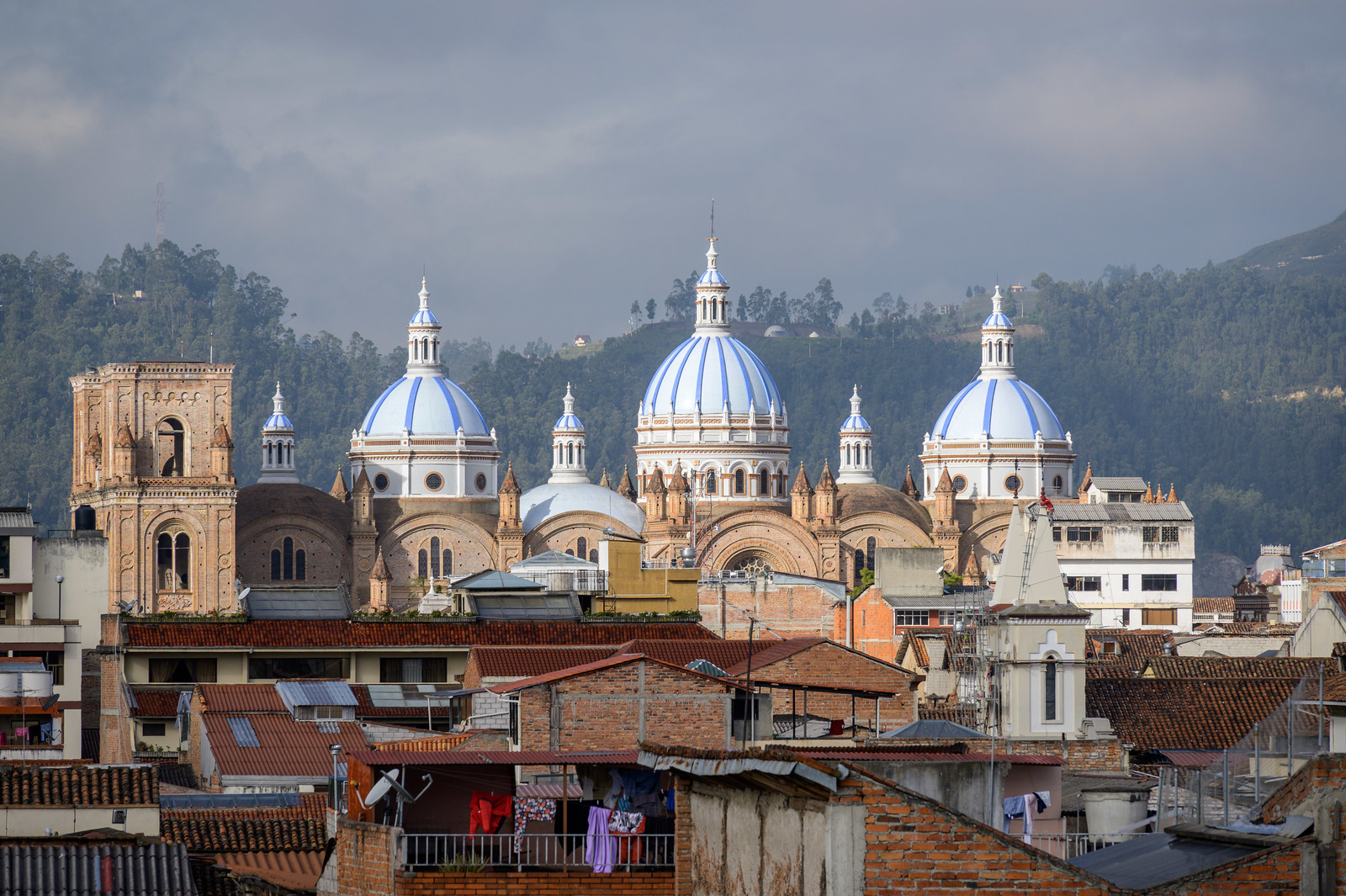

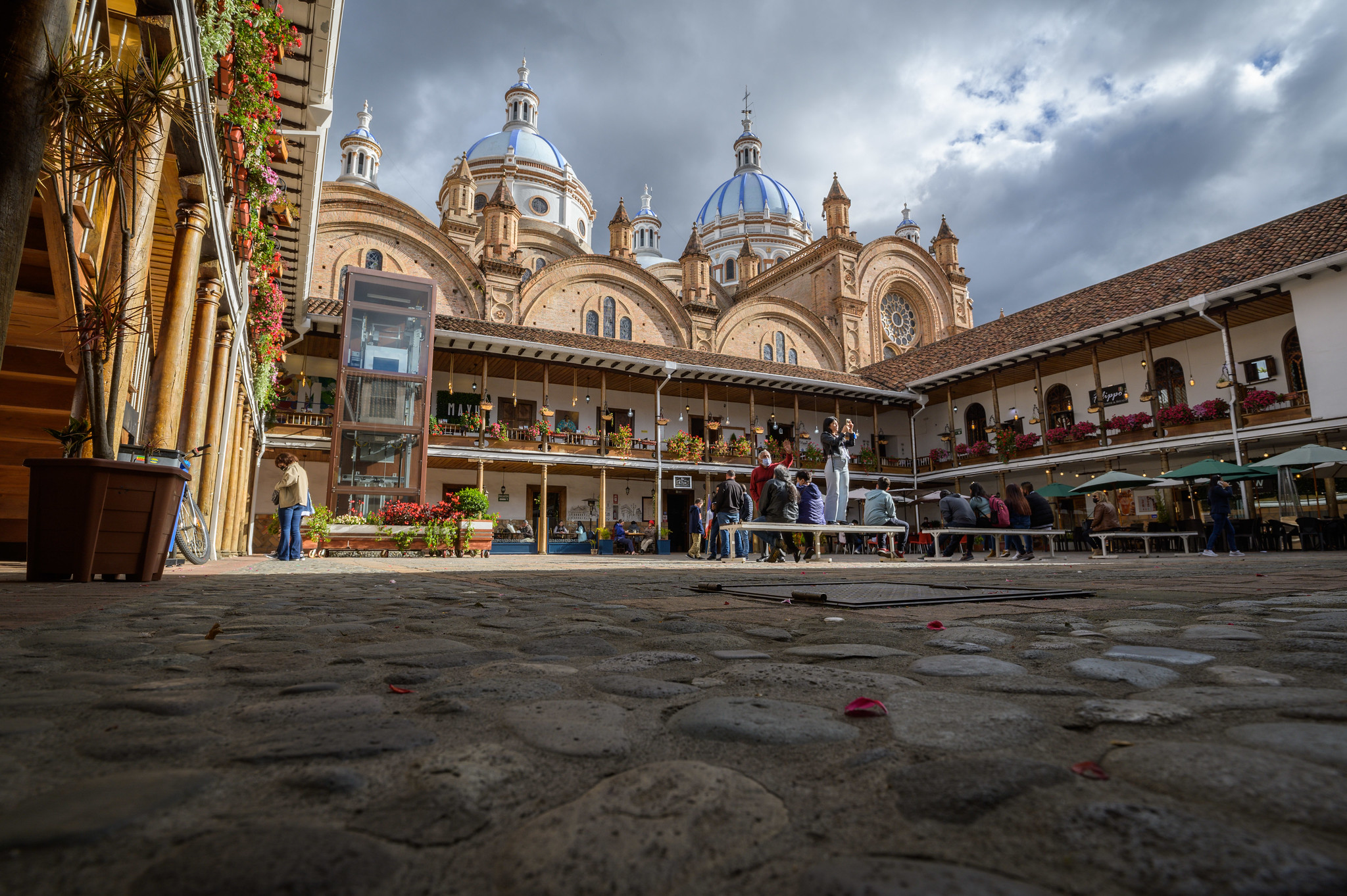

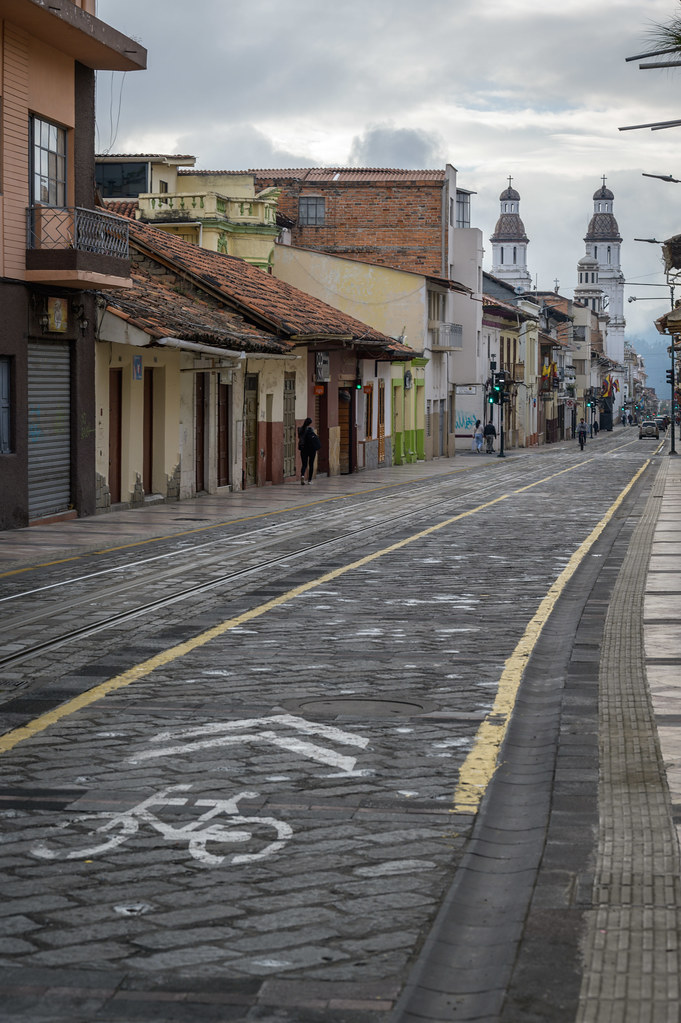

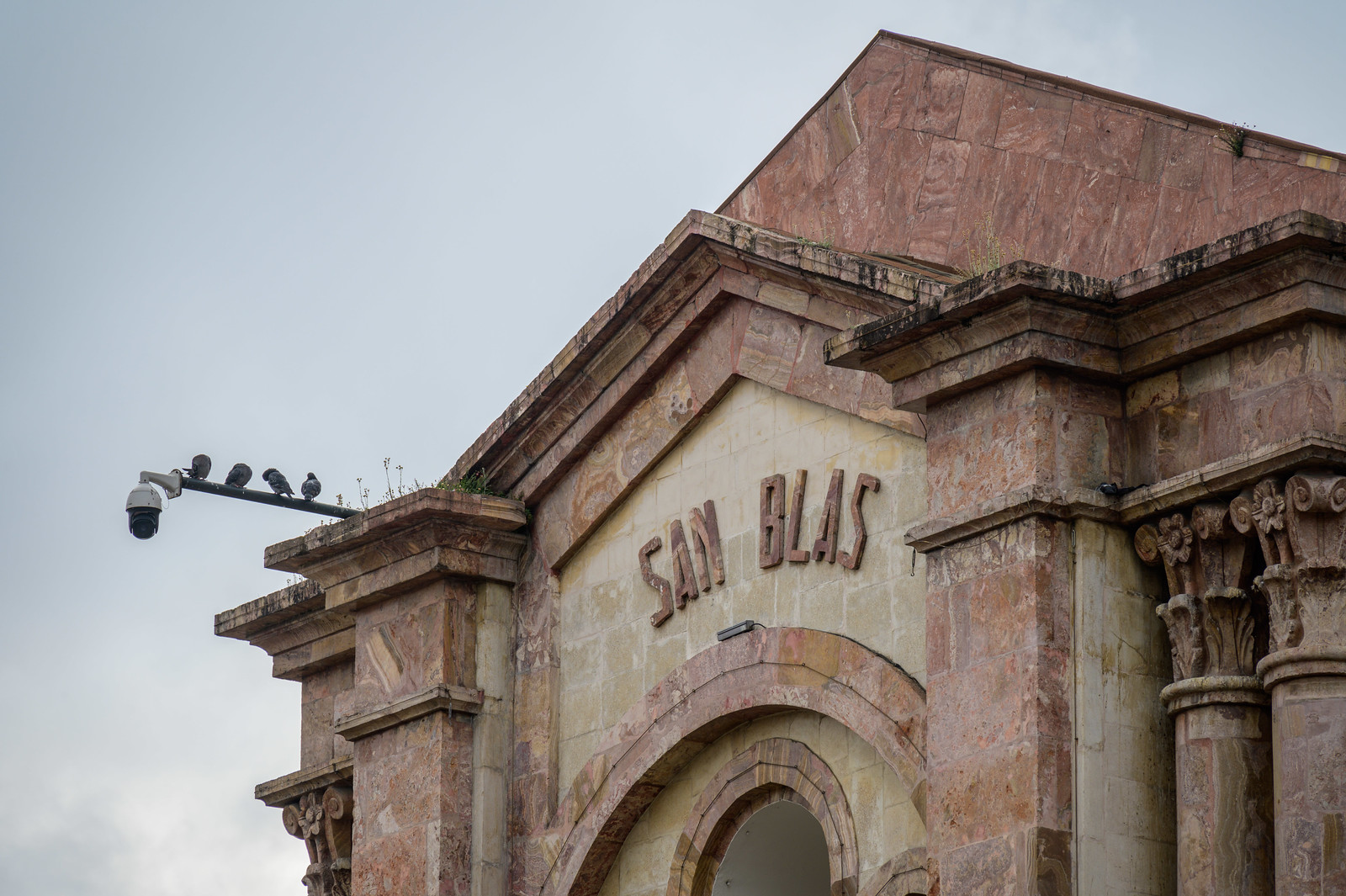



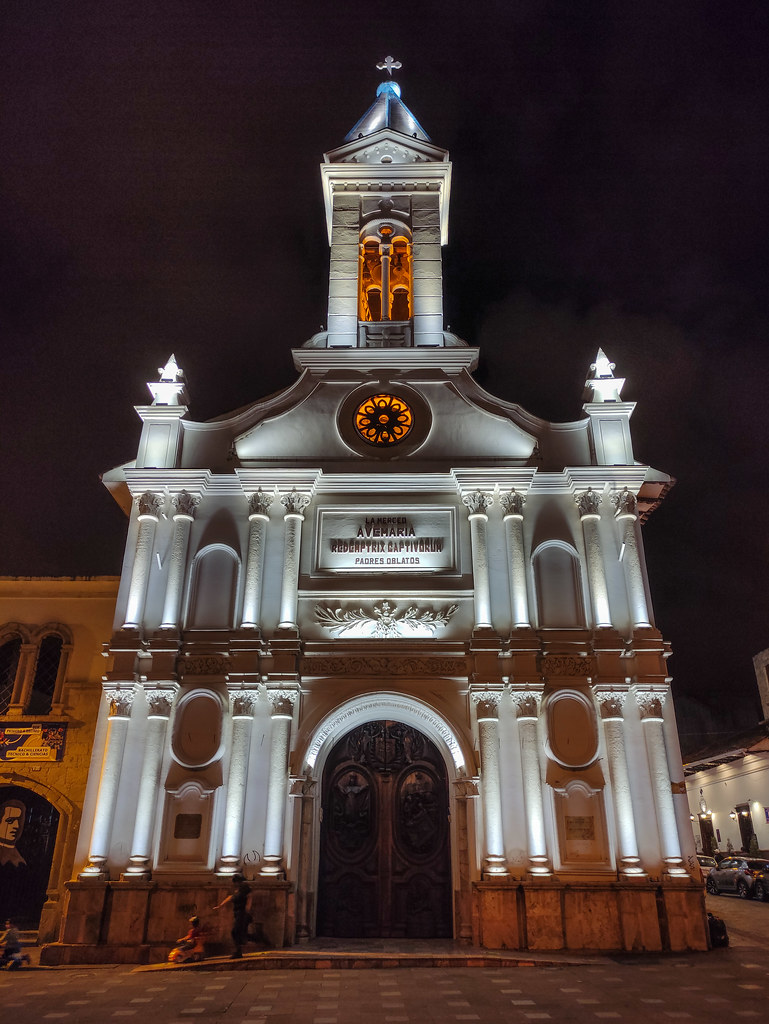





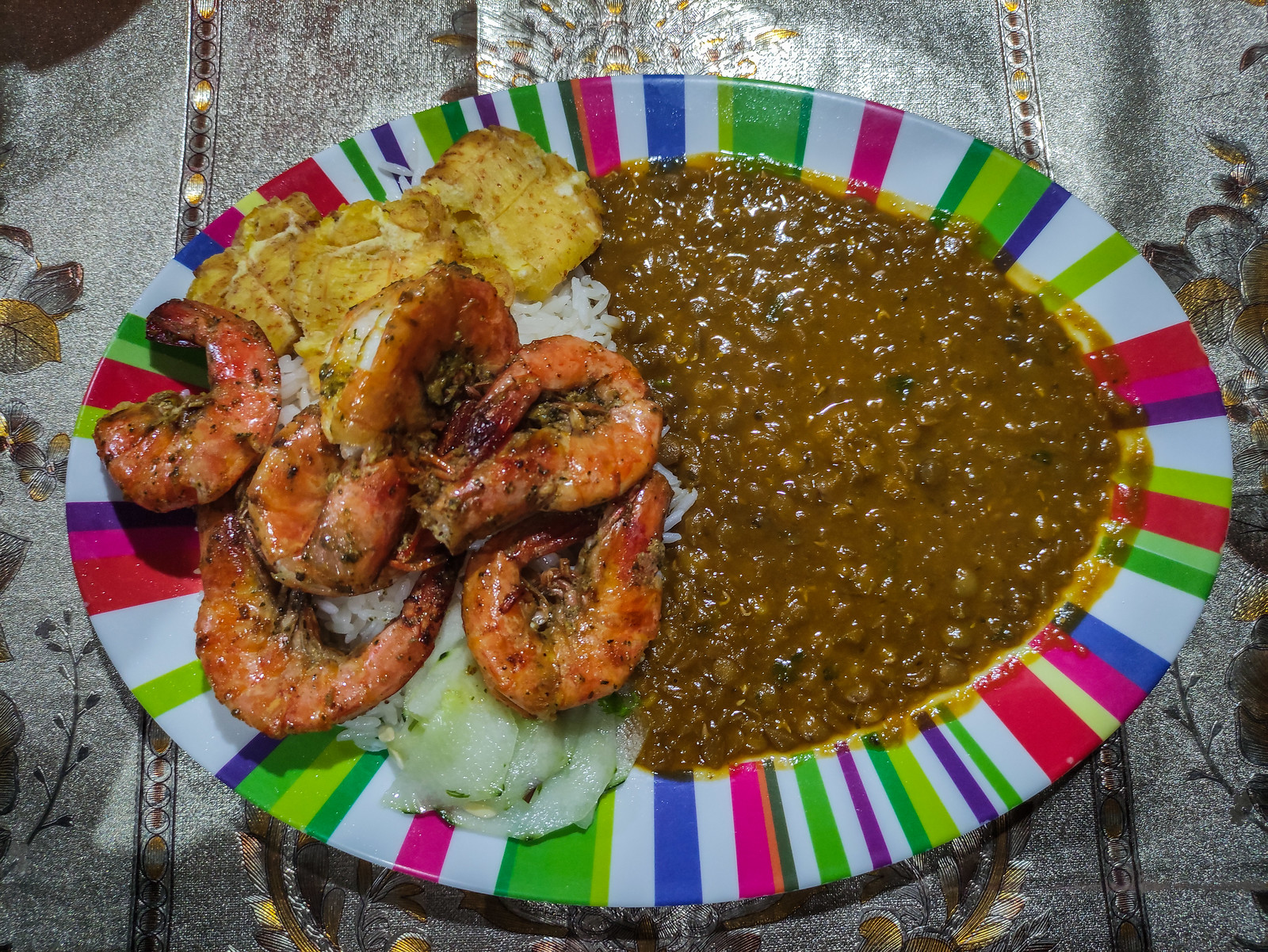



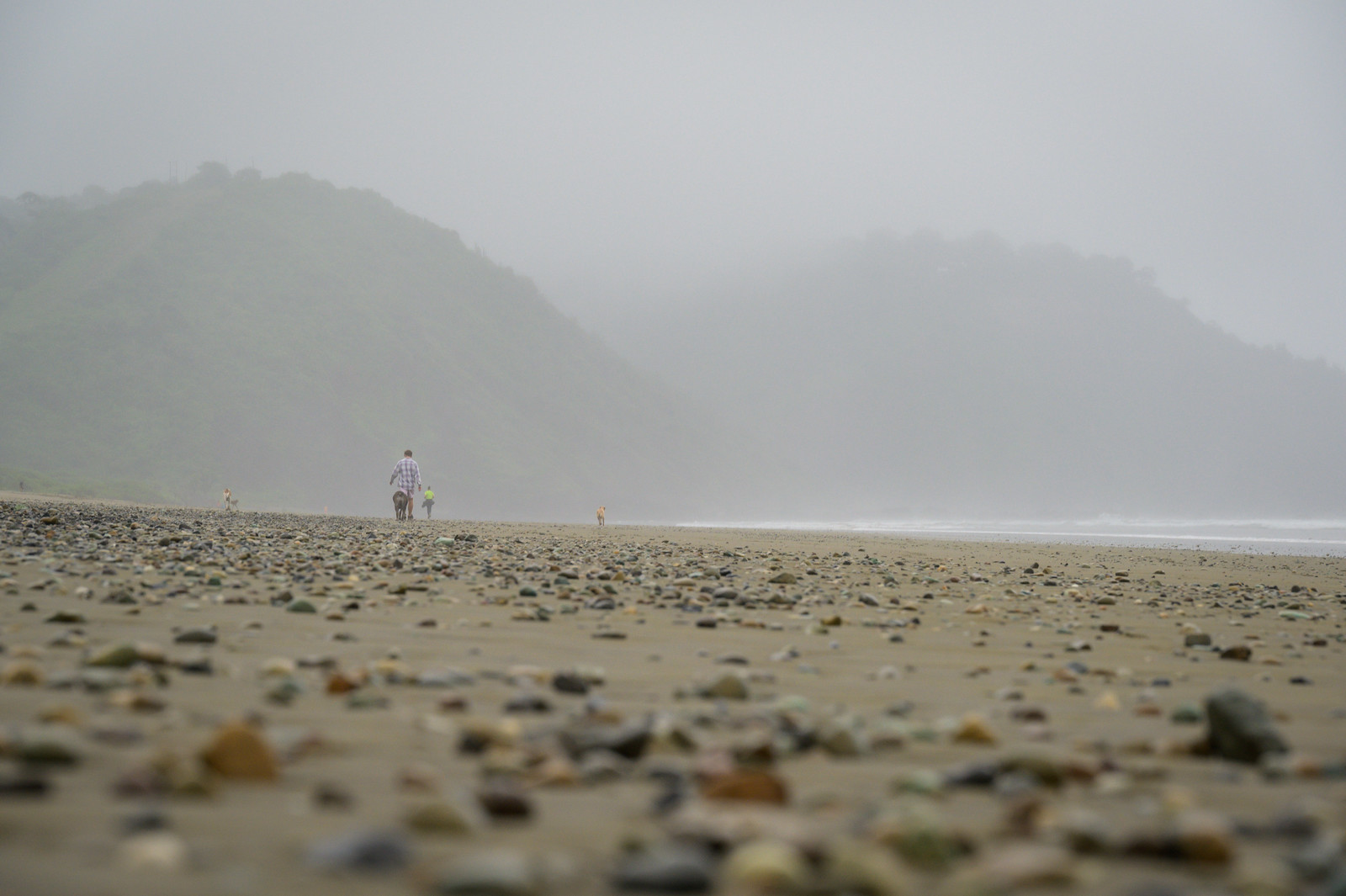

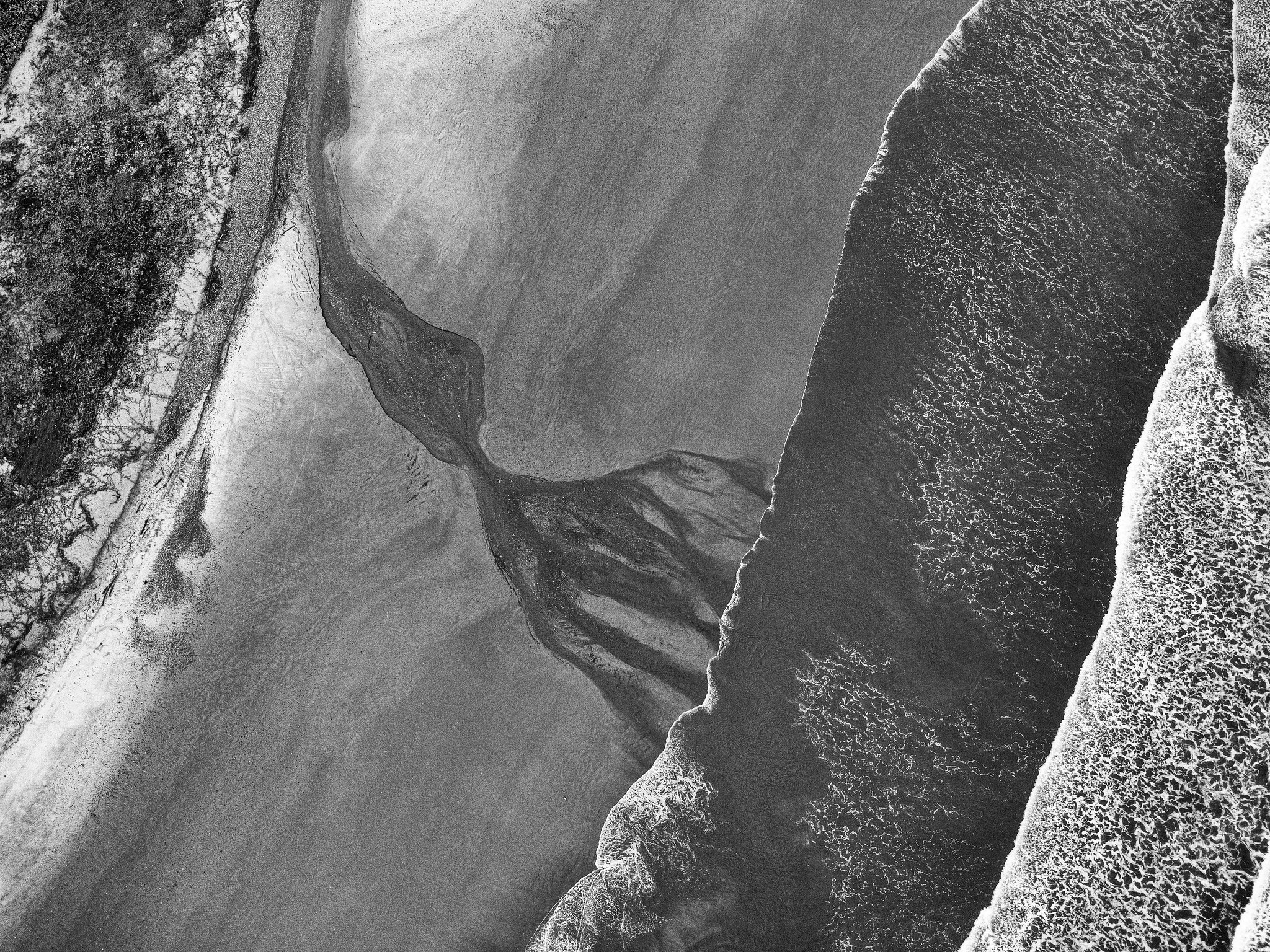



Leave a Reply